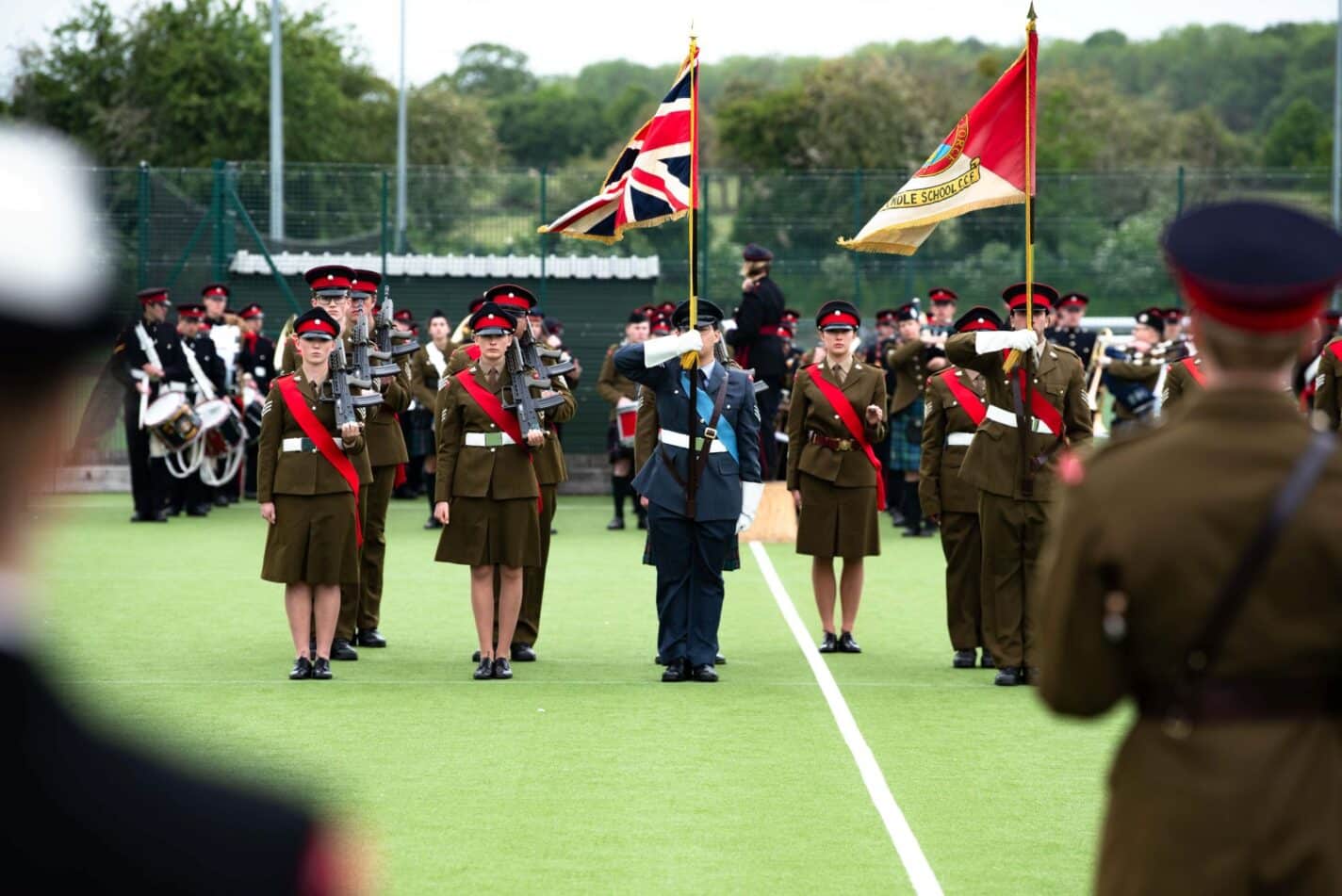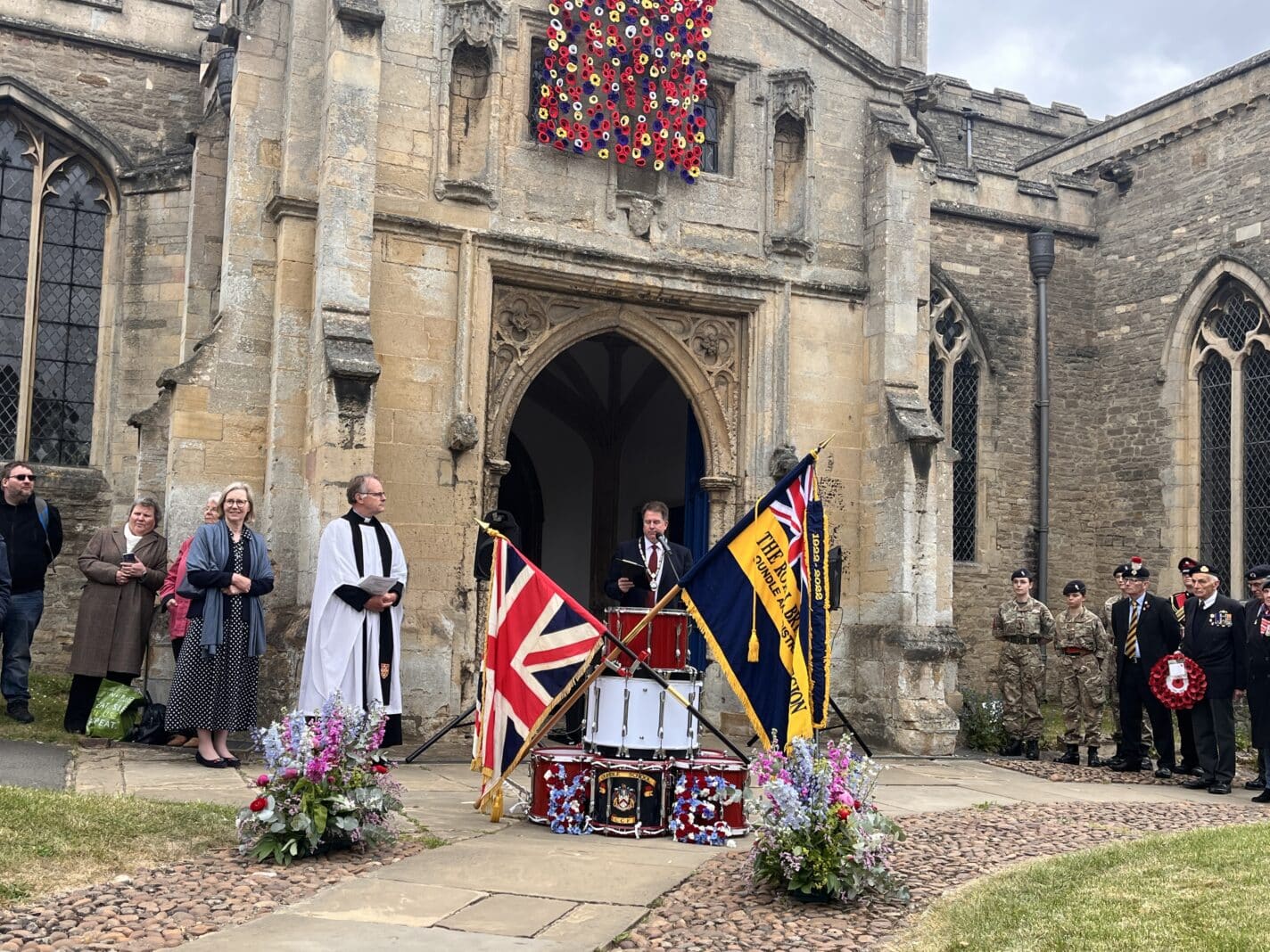Early in the morning of 12th February, 41 Third Formers and four teachers set off to Prague for the History Department’s annual trip.
Immediately upon arrival we immersed ourselves in the wondrous history of the beautiful city. As we walked, we saw so many beautiful buildings and glorious architecture. On the first day we saw the Cyril Methodius Church where Heydrich’s assassins met their grim fate, and we saw the crypt where they had slept and eventually died. In Old Town Square we were lucky to climb up the clock tower, which revealed a wonderful view of Prague in the night time.
Castle Konopiste, which we visited on the second day, is just outside Prague and was a home of Franz Ferdinand. The Castle has one of the finest amour and weapon collection in the world, and there is a staggering amount of stuffed animals. Prague was an important home for Franz Ferdinand, his wife and their three children.
We then went to Lidice, a small town outside Prague that was destroyed after Heydrich’s assassination. There are many arguments about whether it was right to assassinate Heydrich. Whilst the assassination showed the Nazis that the Czechs could fight back, it was also very likely to provoke reprisals. Lidice was completely destroyed and is now simply a large area of grass with paths and a museum. Lidice also has a memorial, dedicated to the children who lived in Lidice and died, as well as to all the children who have died in war. In the Nazis’ revenge, all the men were shot and the women sent to concentration camps. Seventeen children were seen fit to be Germanised, and were taken away to live with German families. The remaining 85 children were taken away by truck to a concentration camp. However, the fumes from the trucks were pumped back inside, causing all the children to die. At the end of the war, when the 17 Germanised children were reunited with their mothers, they only spoke German, while the mothers who survived, only spoke Czech.
As we walked down the hill to the memorial, the group fell silent. As Mr Brighton told us the story, no one said a word, we were all listening and looking at the memorial made up of life-size and realistic statues of children, to which the artist had given personalities. There were caring older sisters, holding their little brother or sister, and there was the naughty ones, who seemed to have a cheeky glint in their eyes. Below the memorial, there were little gifts – Barbie dolls and teddy bears, a toy car and a stuffed broccoli, all sodden, left for the children.
As we walked back up the hill, the silence began to break, until the chatter returned to its normal volume. Outside the museum we all were faced with the question about whether it was right to assassinate Heydrich. The group split roughly in half, with those saying yes, that it could not have been known how the Nazis would react, and the act was for a greater cause, necessary to finally defeat the Nazis. The other half concluded that it was never right to do such a thing.
For a city like Prague, so architecturally magnificent and so beautiful, one might think that it has had a similarity beautiful history, that it would not have been home to a man whose death sent Europe spiralling into war, that it hadn’t been the location of an assassination, let alone one that would obliterate a town. Prague seemed fragile and delicate, all its elegant buildings seemed to need protection. The city holds deep secrets and sins, but it is resilient and beautiful.
Alice Broadbent (L)





